The north’s famous seagull population could be decimated by bird flu, an Aberdeenshire wildlife expert has warned.
Though herring gulls may seem an ever-present part of towns and cities across Scotland, they are a protected species because their overall population is falling.
And their numbers could suffer a catastrophic collapse if fears about bird flu running rampant are realised.
Keith Marley’s New Arc animal sanctuary near Ellon has been on a state of high alert in recent weeks, desperately trying to prevent the disease from affecting the 150 birds it looks after.
Can seagulls get bird flu?
Keith described his concerns about our native species as the RSPB confirmed that gulls across Aberdeen, Aberdeenshire and Moray have already fallen victim to the disease.
He said: “They are definitely a carrier of the disease and can transfer it, especially to the youngest they are feeding.
“It’s a very real danger.
“We are very concerned about the behaviour of some seagulls in Aberdeen, who have been showing all the signs of avian influenza.”
No way of knowing how badly bird flu has affected seagull population
The RSPB later added that this strain of bird flu, “which appears to be far more deadly and transmissible than previous strains”, has already claimed some seagulls.
The bird charity said: “Obviously, there will be more dead birds than those tested – but it does show that the disease is present in some gulls.”
However, Keith explained why our gulls may not suffer as drastically as the gannets which have been washing up dead in their droves.
It’s all down to their nesting habits.
Why might some birds be safer than others?
He said: “Gannets are colonial nesters, they nest very close to each other in huge numbers.
“When it transmits, the flu can go through the whole population on an entire island.
“For these gannets, I fear it’s an extinction-level event.
“It shouldn’t be as severe for herring gulls.
“Those who nest on chimneys probably won’t pass it on to anything but their own chicks.
“But in some areas, such as on flat rooftops like factories, our gulls do nest close together and are at risk of transmission.”
Grisly reason for seagulls catching deadly bird flu
The new strain of bird flu has “significantly” affected species like the great skua, gannet, guillemot and different types of tern.
And Keith tells us gulls and crows are becoming infected by eating their remains.
He said: “These dead or dying birds have been predated upon.
“Seagulls don’t just clean up kebabs and fish suppers, much of their food comes from the seashore.
“That does include predating on dead bodies.”
For now, Keith is running a tight ship to ensure any birds brought in to New Arc do not spread the disease to others there.
The veteran nature enthusiast adds: “And we have to consider the safety of our staff and volunteers… It has been known to mutate and jump to humans as well.”
Doing his best to help, he is now handing out Hazmat suits to volunteers clearing carcases to stem the spread of the disease.
What can be done to tackle bird flu crisis?
Meanwhile, the RSPB is calling for “an urgent co-ordinated response to this unprecedented outbreak”.
That means greater surveillance and testing, and dead birds being removed from the open as quickly as possible.
We spoke to four people across the north and north east who have been highlighting the tragedy by sharing their photographs and videos.https://t.co/KQtNyo9ZPW
— Evening Express (@EveningExpress) July 6, 2022
A spokesman said: “Scotland’s seabirds already face multiple severe pressures generated by people.
“These populations have halved since the 1980s.
“Now, a highly mutable and deadly new form of avian influenza is killing them in large numbers.”
Have you seen any seagulls display worrying behaviour? Let us know in our comments section below
What should I do if I see a poorly or dead gull?
It’s best not to touch or pick up any dead or visibly sick birds that you find.
A group of dead birds together can be a sign of avian flu.
Finding three dead wild waterfowl (such as swans, geese or ducks) a single dead bird of prey or five or more dead wild birds of any other species (including gulls) could mean they are infected.
In this case, you should report them to Defra on 03459 33 55 77.
A spokesman said the Scottish Government is “taking the situation very seriously and working hard to respond”.
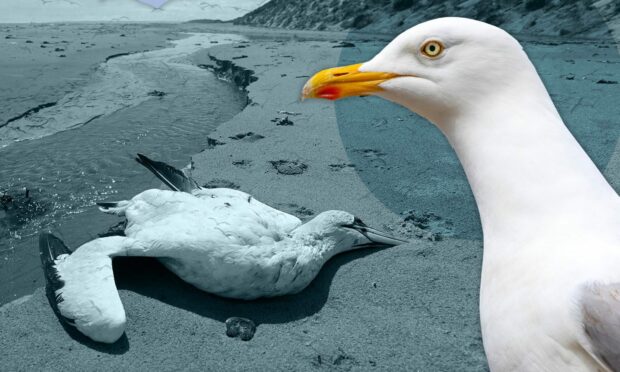
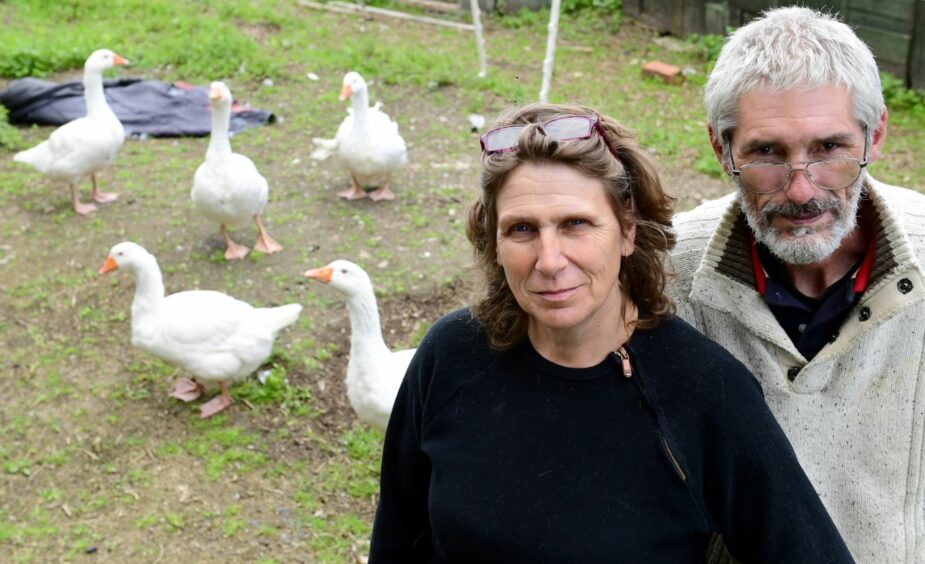
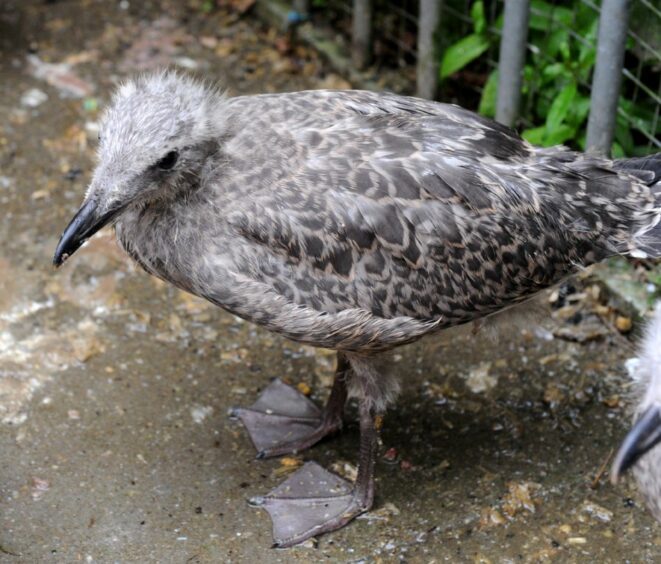
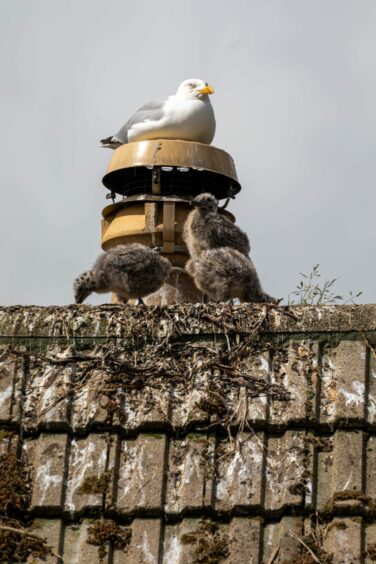
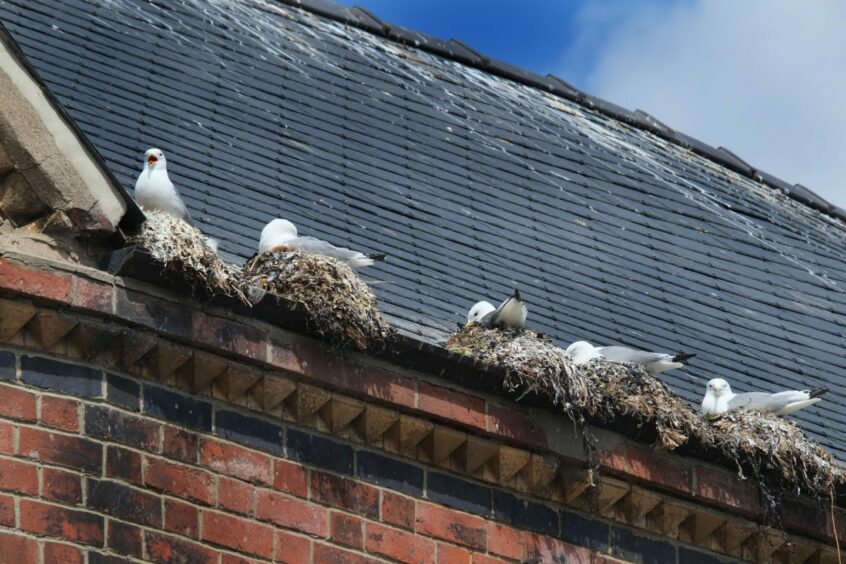
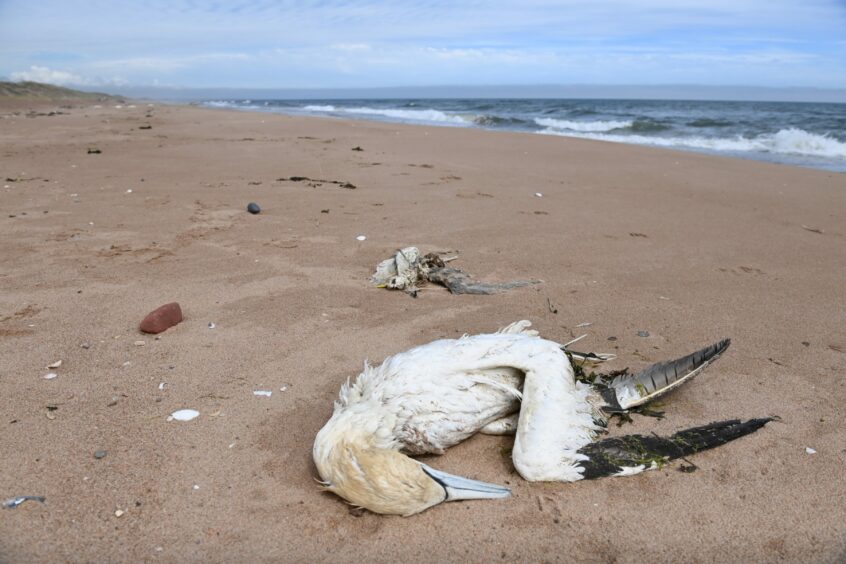
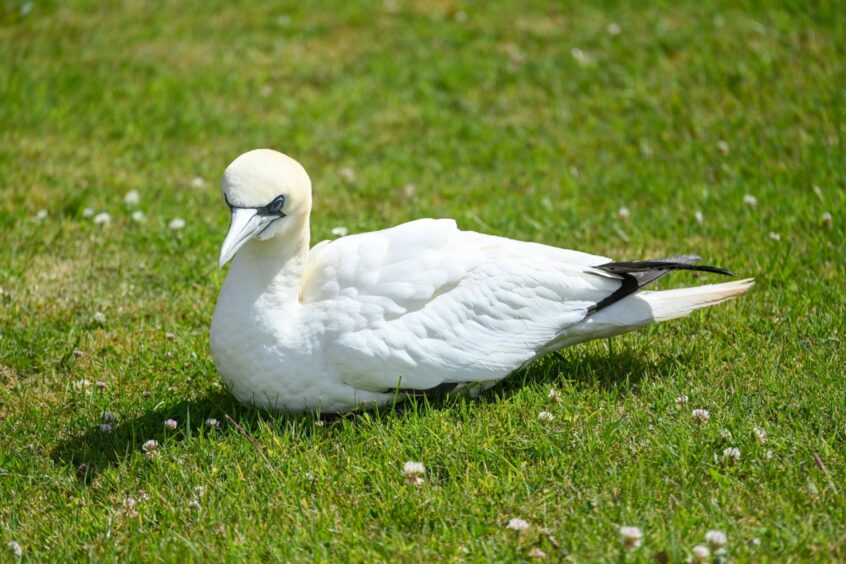
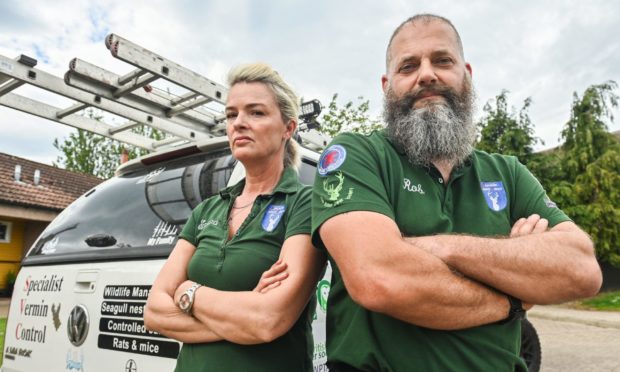
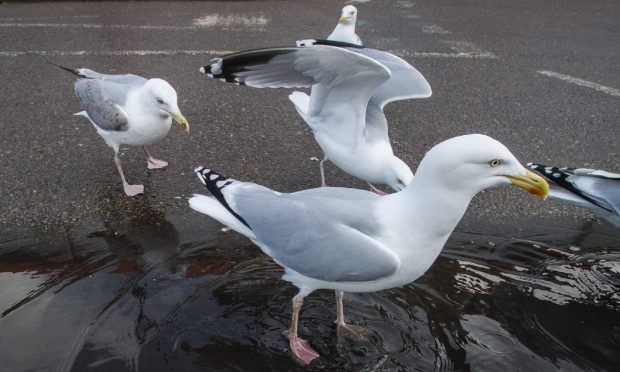
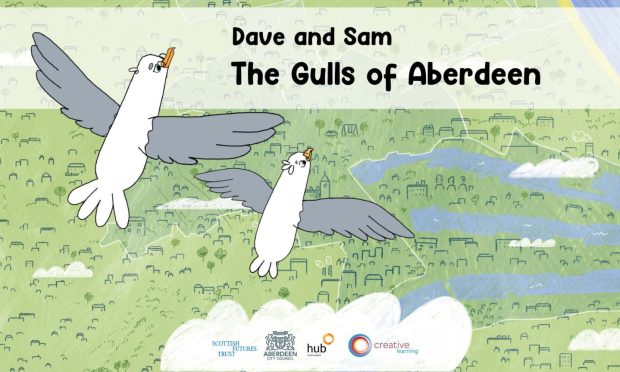
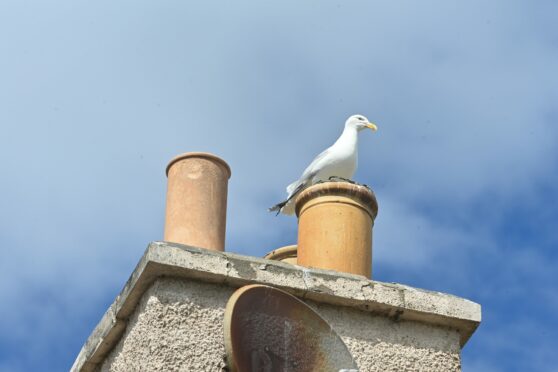
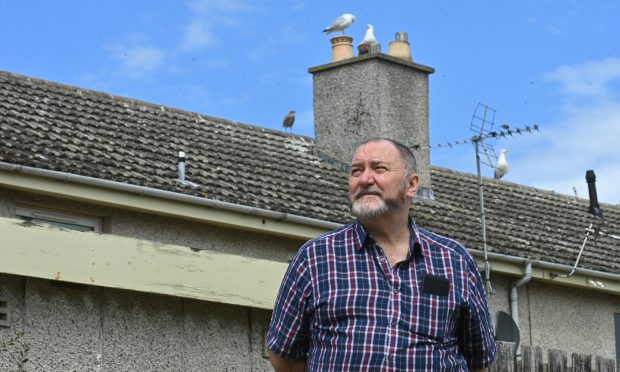
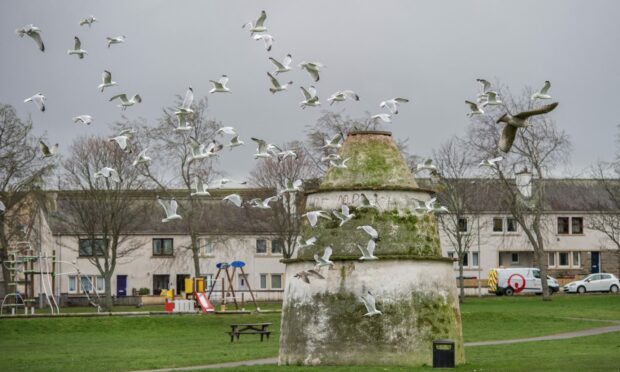
Conversation